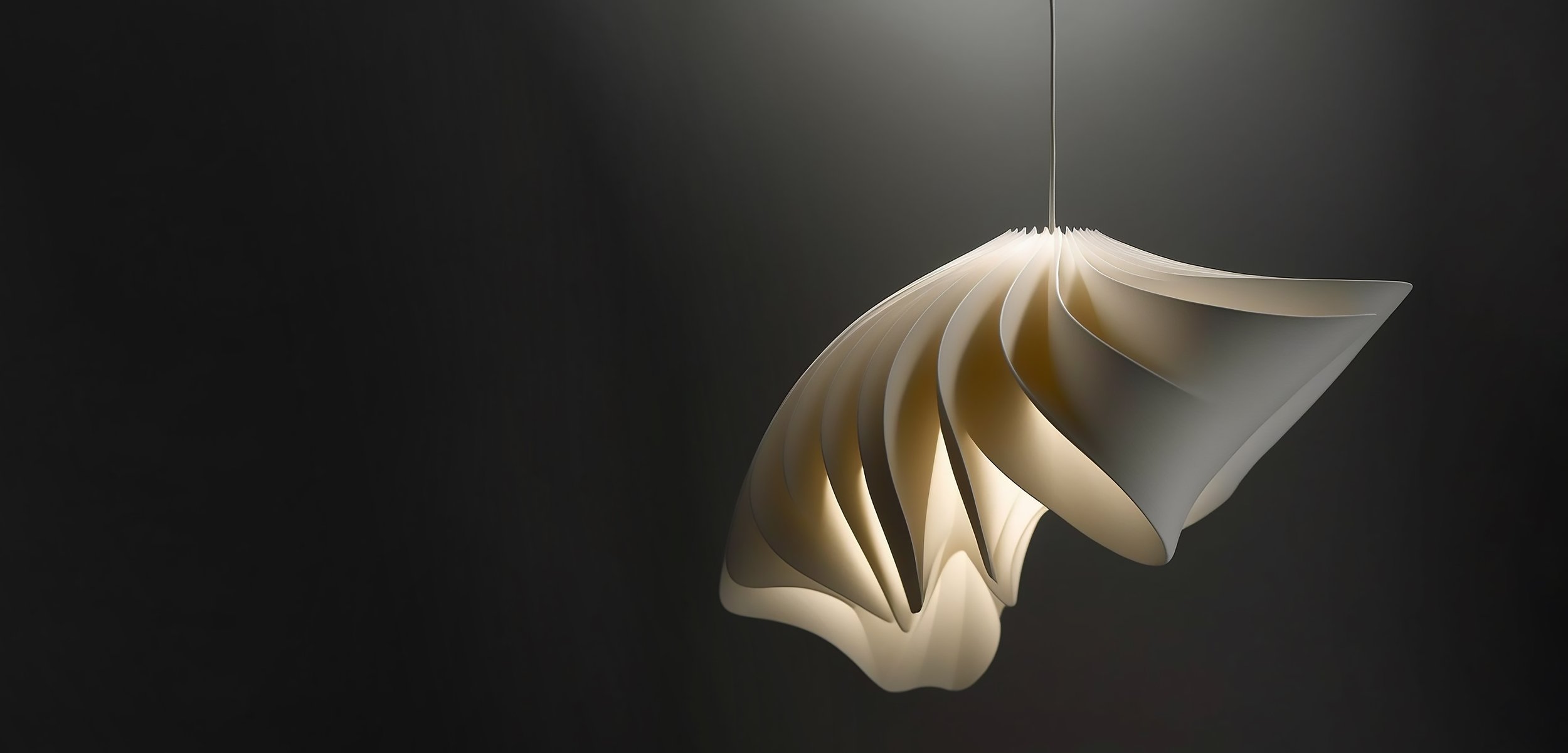
AI and the future of Design
A cool trick, or a revolutionary tool?
Whether you see it as an impressive trick, or a revolutionary technological advancement, the use of AI is at the forefront of many creatives’ minds right now.
As something that is rapidly evolving, it’s important that creatives become part of the discussion on its use and the implications it has on our industries. I want to share some of my personal experience of using the text to image AI MidJourney, and to give my perspective as a professional Industrial Design Consultant.
Ai Generated chair concepts with different approaches to organic design. All images on this page were created by Rob Eris Design Studio using MidJourney AI.
Much of what you see of text to image AI on social media is based around taking the style of a brand and applying it to a new and often unexpected product category. This content is tantalising and surprising, however, as a designer, this isn’t what I find so exciting about AI. In fact, this process is a core part of design education, and something that we teach students at Brunel University. Understanding, and reinterpreting the design language of a brand or designer into a new form or context is a fundamental part of the development of an Industrial Designers skills. That’s not to say that it isn’t astonishing how well or how fast the AI can perform this task, just that it isn’t something that was previously impossible.
To me, the most exciting thing that this technology allows, is to capture and visualise the complex and intricate forms and textures found in nature, and to apply them to conventional ‘Design forms’ such as furniture and products. Whilst there are technologies such as parametric, or algorithmic design that can produce 3D models with this type of geometric complexity, it is often very difficult and time consuming to visualise these forms early in the design process. Typically, Industrial Designers will use sketching and sometimes simple CAD to communicate the early design intent, however, other than to the most accomplished artist, this type of geometry is so difficult and time consuming to visualise, it is almost impossible (or at least commercially impractical) to visualise for presentation to clients or stakeholders.
For designers who have learned how to utilise the power of Ai image generation tools, complex geometries can be visualised very quickly and to a visual standard not previously possible at the early ideation stage.
Some people see the visualisation tools like MidJourney and DALL.E 2 as toys and play down the implications on Industrial Design. I have seen people suggest that AI should instead be used to help improve efficiency in manufacturing and to automate tasks. Whilst I’m sure AI will be an important part of all areas of design and manufacturing; I believe that sentiment to be short sighted.
As businesses have recognised and promoted the importance of design, we have seen massive improvements in product usability, and it is common for user experience to be a major concern for design teams and brands. However, many people have come to believe that a minimalist, modernist aesthetic equates to ‘good design’. Everything has become very slick, and well executed, but in my opinion very boring. The architect Thomas heather says, “we are living through an epidemic of boringness”, and I agree. Have we forgotten to dream? Modernism emerged from societies dealing with the devastation of world wars, who needed to move on and create a new future. We are now facing our own global threats, and to avoid a climate catastrophe we need to look at how nature designs structures. We need to do more than finding more efficient manufacturing methods. We need to imagine a different way of designing and living, and Ai can help us.
Tools like midjourney give us an opportunity to imagine new worlds, new technologies and new forms. Sketching and visualisation skills will no longer be a barrier to this type of visual imagination. I hope that the young students who are beginning their design education will harness these tools to imagine a new world, new aesthetics, a new movement.
I believe AI will be one of the tools that will allow us to move on from modernism and minimalism, into a future that integrates the wonders of nature, for the good of the user, and the planet.









